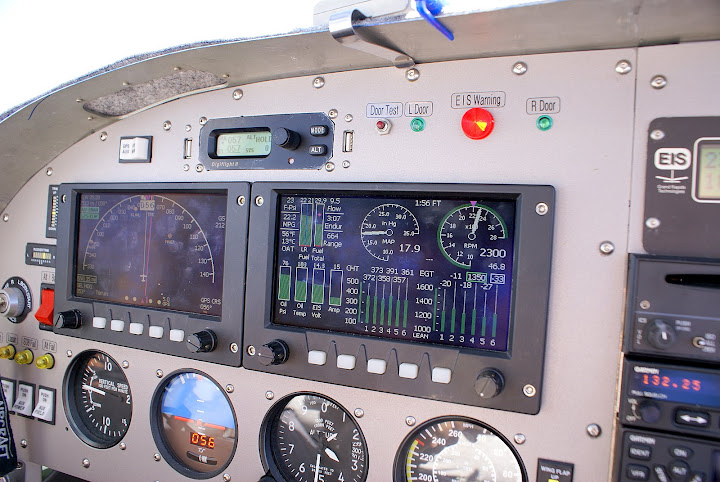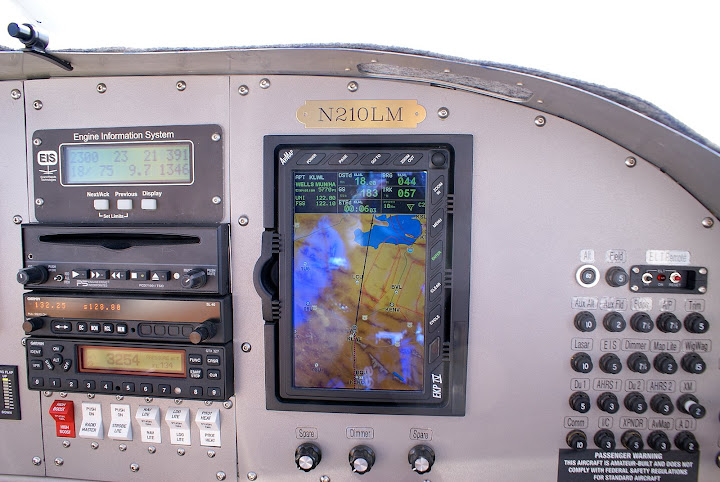I have been lurking on VAF for several weeks and have been following this thread with interest. I am trying to figure out if it makes sense to build an RV-10 to replace the 1982 Mooney that I currently own. I have always wanted to build, but never had the time, but recently retired, so now have the time.
My turbo charged Mooney gives great performance: 165 knots at 10.5 gph at 17,000ft ( or 175 knots at 24,000') with a useful load of 900 pounds. However; it is a 30 year old airframe with 3700hrs total time and parts wear out and Mooney parts are expensive, almost as much as Bonanza parts.

The expected expense of maintaining the Mooney over the next ten years will pay for a large part of the cost of an RV-10. Below are the points that I am considering:
AIRFRAME
Although I try to do as much maintenance as the FARs allow, I am not an A&P, so have to pay one to work on it and it seems like something is always breaking. Many of those repairs, I feel I could do and probably do it better than my A&P, since I can take my time and don't have to make a profit like my mechanic. My annuals have been costing about $1.5K to $2.0K/yr and I have been spending about $5K/yr in repairs. I looked into getting my A&P license, but going to A&P school here would cost between $20K to $40K and take two years, going full time. In about the same time frame and for the same cost, I could assemble a large portion of the RV-10 airframe.
ENGINE
The Mooney's engine is about 900 hrs SMOH and Continental engines often need a top OH around 1000 to 1200hrs. I expect that will cost $10K - $12K. Additionally flying 150 hrs per year, the Mooney's engine will be past TBO in about six years. A field over haul will cost about ~$45K+R&R or Factory Reman ($53K) +R&R or Factory New ($62K) + R&R). Any of those options would pretty much buy an new Lycoming IO540 for the RV-10.
AVIONICS
It could cost $15K or more to repair the Mooney's 30 year old KFC-200 autopilot, which would more than cover installing a three panel Dynon or Garmin EFIS in the RV-10, a couple of times. The non-certified EFIS's appear to have far greater capabilities than what I have and I could never afford the cost to install certified avionics in the Mooney. I will also need to replace the KT76A xpdr with an ADS-B compatible before 2020. At some point Garmin will stop supporting the GNC530W and I be forced to upgrade. So what I am likely to spend on avionics repair and upgrades in the Mooney will pay for a nice IFR panel in the RV-10.
PAINT/INTERIOR
The Mooney's 20 year old interior probably rates a 6-7 and would cost $8K-$10K to replace. My wife, who is very supportive of my airplane addiction, would like this sooner than later. The paint looks good from 20 ft away, but it is showing it's wear. A new paint job will cost $10K-$16K. Those costs would pay for a nice interior and paint on an RV-10.
BUILD AN RV-10?
The RV-10 appears to give about the same performance as my Mooney but with a little more useful load, but a higher fuel burn. It would be all new and maintenance costs should be lower. Replacement parts from Van's seem cheaper than parts from Mooney, provided the factory remains open to produce replacement parts. With the repairman's certificate, I should be able to do all the maintenance and annual inspections myself, greatly reducing those expenses as compared to the Mooney.
Besides the RV-10's fuel burn, the only thing that appear to be more expensive than the Mooney is insurance. I am currently paying $1250/yr for liability ($1M/$100K) and $110K hull coverage. I have seen other mentioning $2500 to $3500 for insurance, but part of that might be in the higher hull values of an RV-10.
What I don't know is the resale value of an RV-10 versus a certified a/c and the ease of selling it. Seems the market for an experimental-home built would be smaller than for a certified a/c? The other unknown is the residual liability of the buyer's family coming after the builder should there be an accident. Probably not a factor with a certified a/c.
I would invite anyone who has owned a certified a/c and then built, operated and maintained a RV-10 to comment on any of the above.






